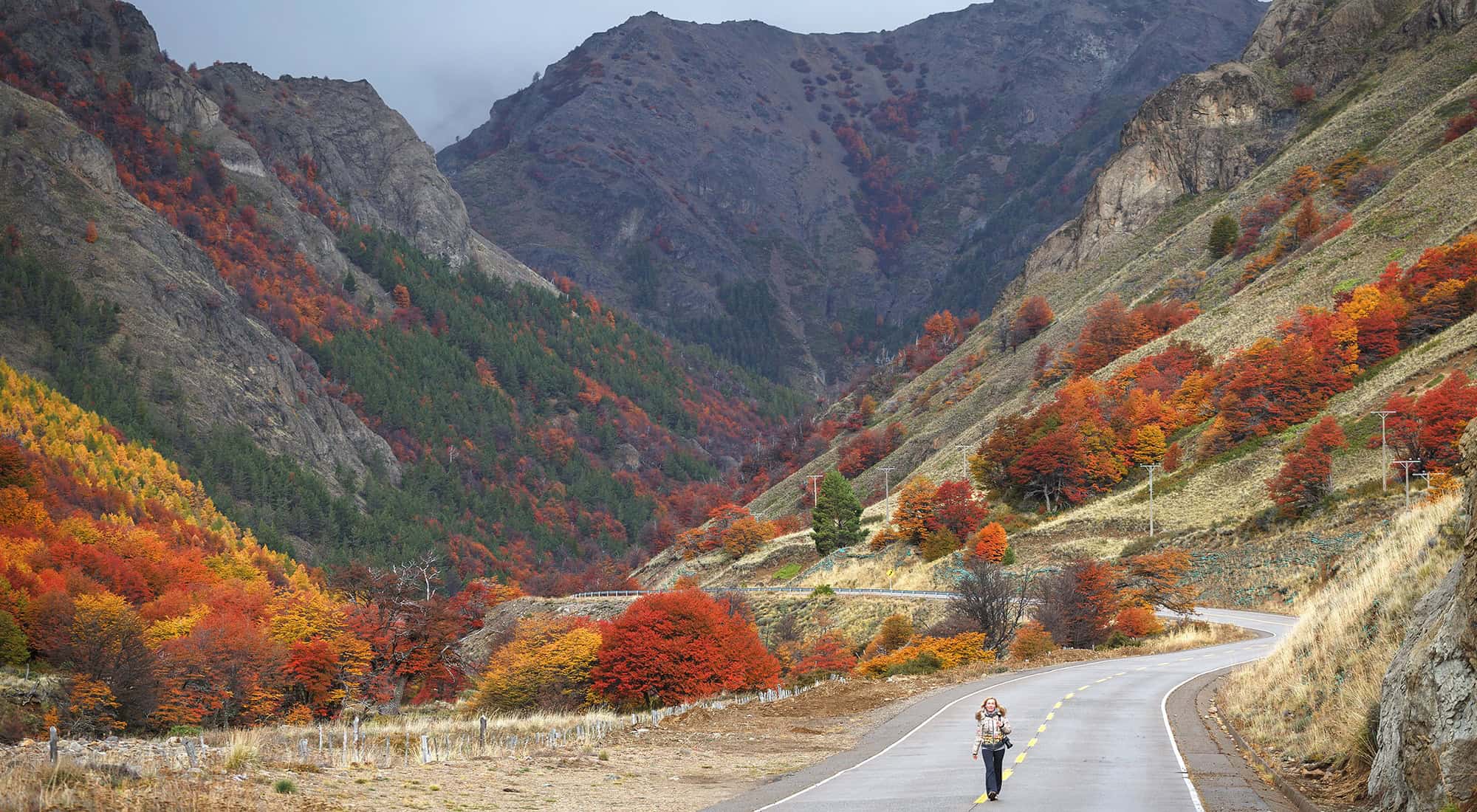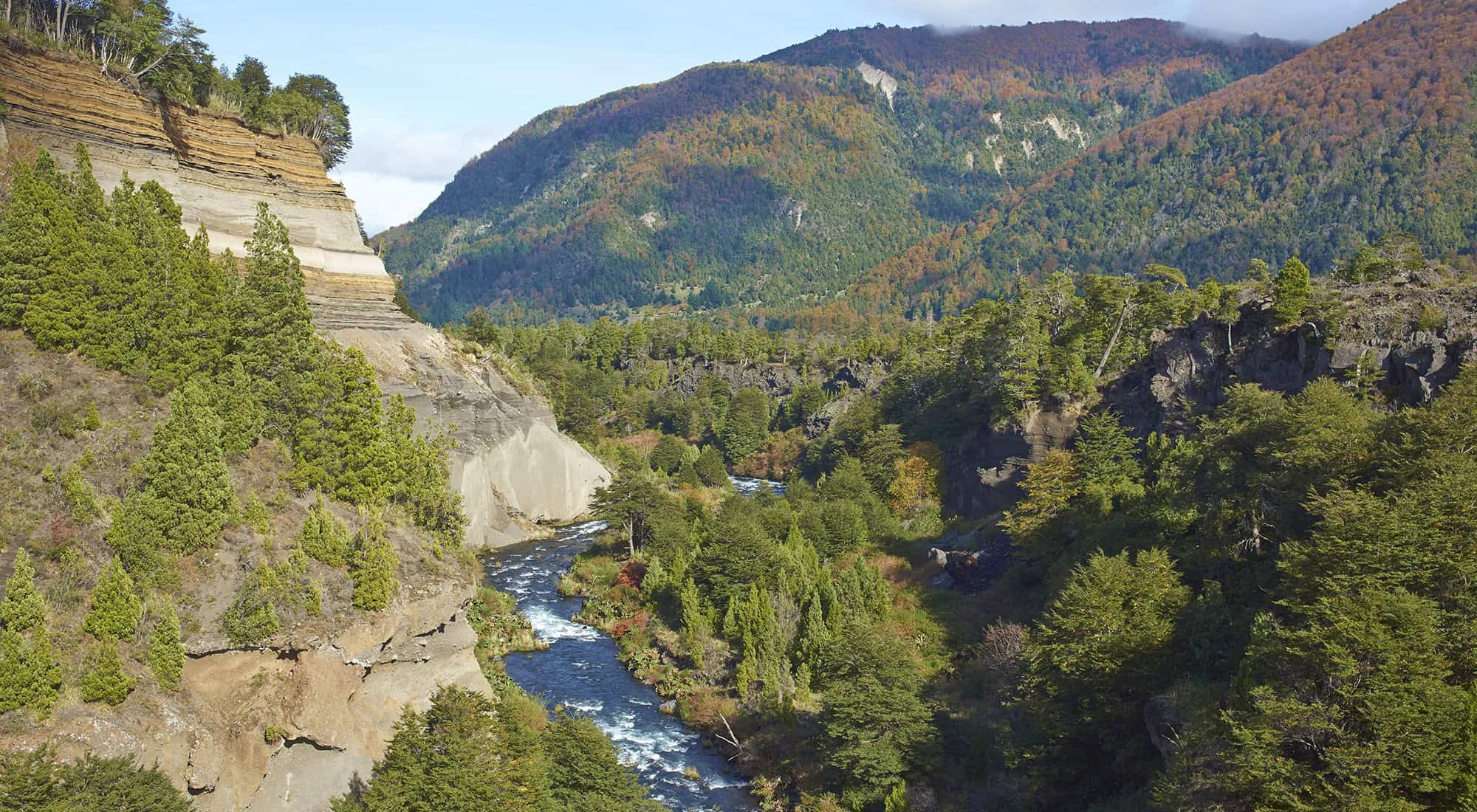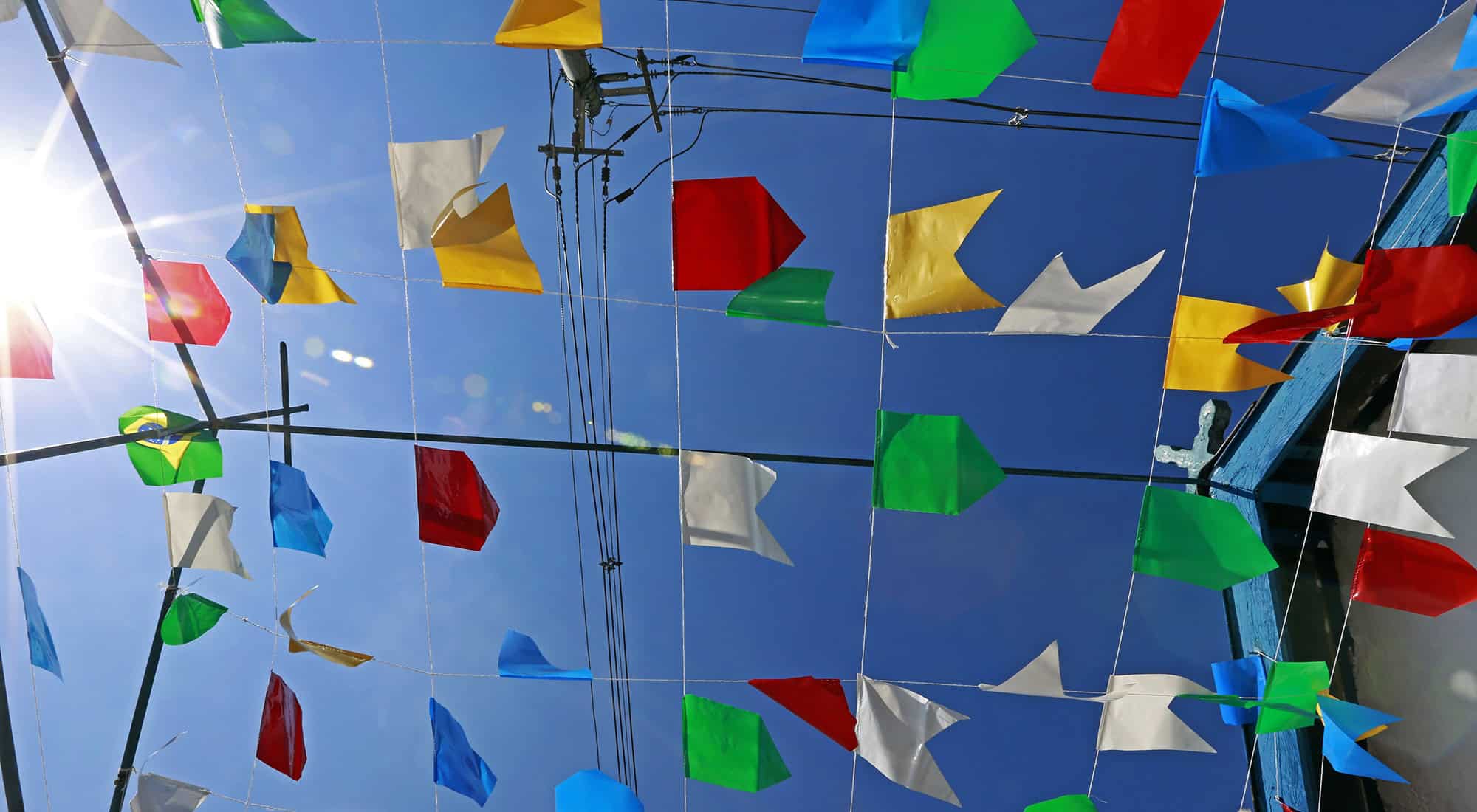Travelling along the Carretera Austral is one of the last great journeys in an untouched wilderness that South America – and indeed the world – has to offer.
It is a largely unpaved ripio road stretching almost 1200 km through spectacular ever-changing scenery and with a similar length of branch roads heading either to the fjords or the mountains and Argentine Patagonia beyond. Before the road opened, this part of Chile was largely inaccessible and it remains breathtaking.
The journey will take you past trees growing up out of vertical cliffs; impenetrably thick millennial forests; burned pastures dotted with glacial debris; innumerable waterfalls rushing right down to the road’s edge, while sparkling glaciers feed turquoise lakes and fast-flowing rivers, all rich with southern Chile’s unique flora.
The only town of any size, Coyhaique, lies in the valley of the Río Simpson. South of Coyhaique is Lago General Carrera, the largest lake in Chile, and the Río Baker, one of the longest rivers in the country, which reaches the sea at Caleta Tortel.
Further south still is Villa O’ Higgins and the icefields of the Campo de Hielo Sur, which feed several magnificent glaciers.
The road can be divided into three sections: Puerto Montt to Chaitén (143 km), plus two ferry crossings; Chaitén to Coyhaique (445 km); and Coyhaique to Villa O’Higgins (559 km), plus one ferry crossing. There is also a main branch that runs along the southern shore of Lago General Carrera from Puerto Guadal to Chile Chico, as well as important branches to Futaleufú, Palena, Raúl Marín Balmaceda, Lago Verde, Puerto Cisnes, Puerto Aysén, Bahía Exploradores and Tortel. The Puerto Montt–Chaitén section can only be travelled in summer, when the ferries are operating, but three alternative routes exist year-round, either direct by ferry from Puerto Montt to Chaitén, through Chiloé and then by boat to Chaitén, or overland through Argentina via Osorno, Bariloche, Esquel and Futaleufú. The road is paved just south of Chaitén and around Coyhaique, from just north of Villa Amengual to Villa Cerro Castillo and Puerto Ibáñez.
The condition of the road can vary dramatically depending on the time of year and amount of traffic. January and February are the best months to travel, with strong westerly winds but plenty of sunshine too. Some sections can be difficult or even impossible after heavy rain or snowfall, and widening/paving/repair work is constantly being undertaken. If you are driving, take a 4WD vehicle and fill up your tank whenever possible. Drivers should carry adequate fuel and spares, especially if intending to detour from the main route, and should protect their windscreens and headlamps. After heavy rain, parts of the Carretera are liable to flood, so check the weather carefully and be prepared to be stuck in one place for a few days while conditions improve.
Many of the buses that ply the Carretera Austral are minibuses (and in more than one case, converted transit vans) operated by small companies, and often they are driven by their owners. Services are less reliable than elsewhere in Chile and timetables change frequently. Booking your ticket in advance means that if your bus does not leave, and the company is at fault, they are liable to pay for your accommodation until the bus is ready to depart. Complaints should be directed to SERNAC, in Coyhaique.
Hitching is popular in summer, but extremely difficult out of season, particularly south of Cochrane. Watching the cloak of dust thrown up by the wheels from the back of a pickup, while taking in the lakes, forests, mountains and waterfalls, is an unforgettable experience, but be prepared for long delays, carry a tent and plenty of food and allow at least three days from Chaitén to Coyhaique.
The Carretera Austral is highly recommended for cycling as long as you have enough time and are reasonably fit. A good mountain bike is essential and a tent is an advantage. Most buses will take bicycles for a small charge.










